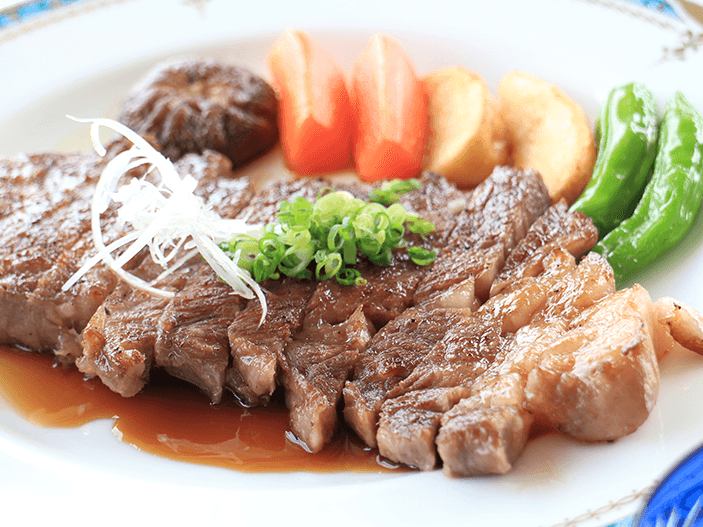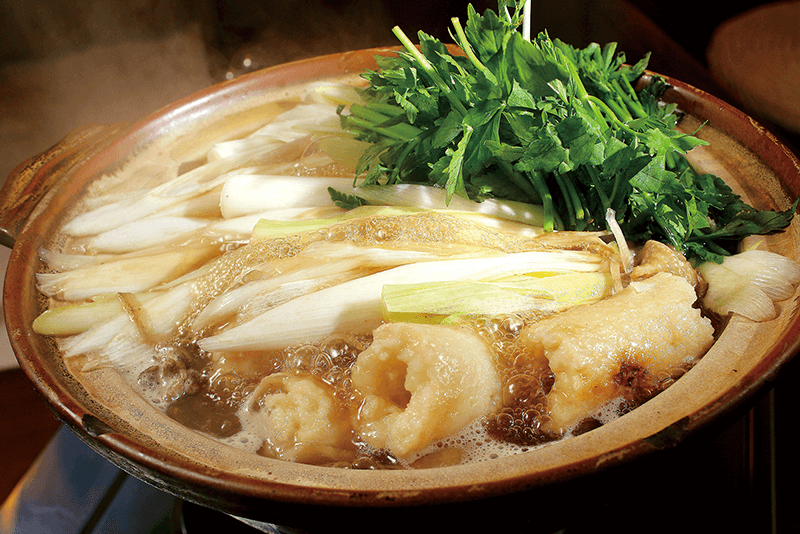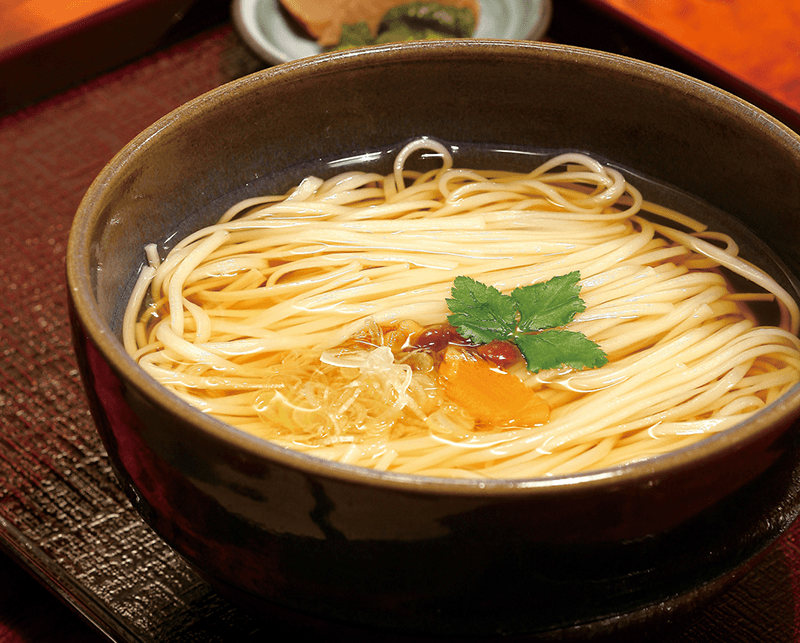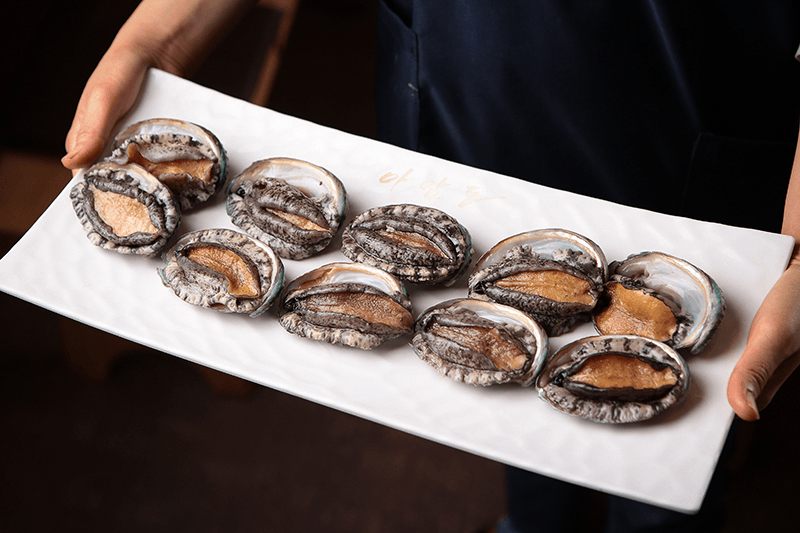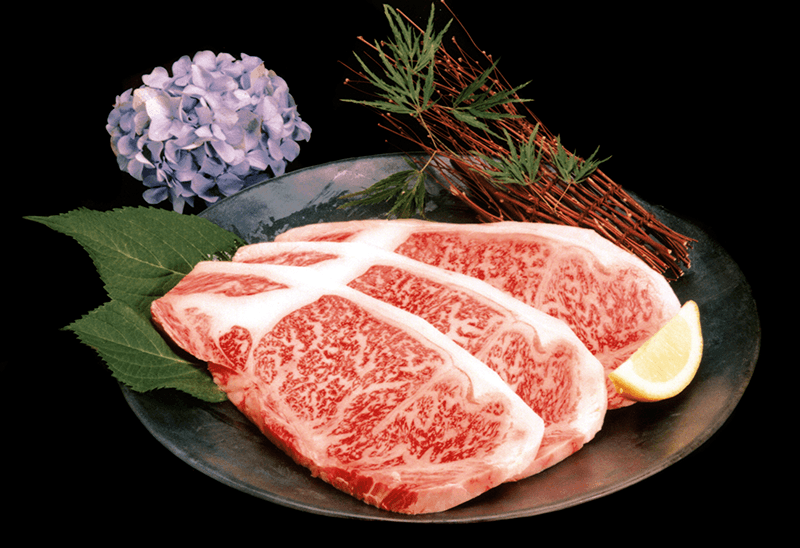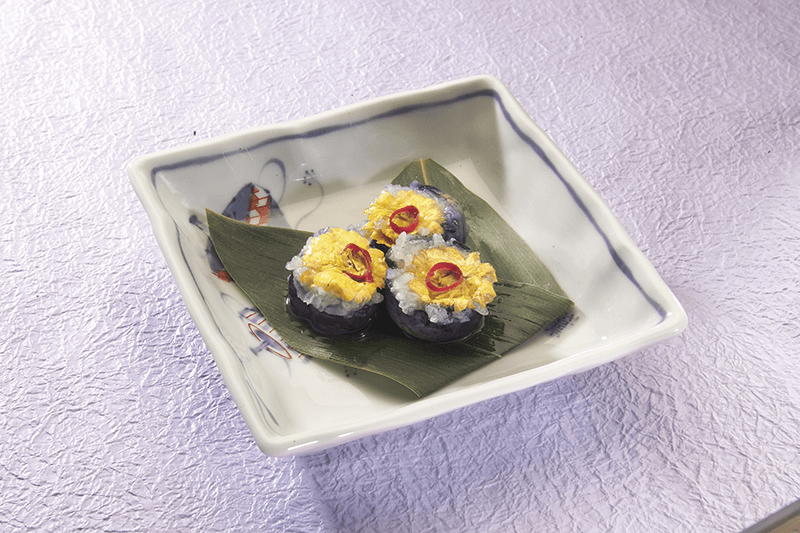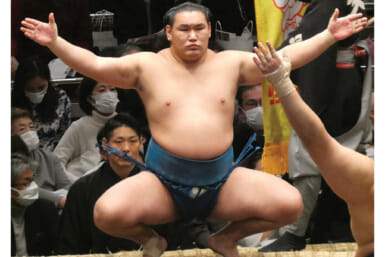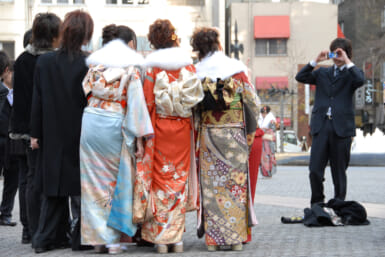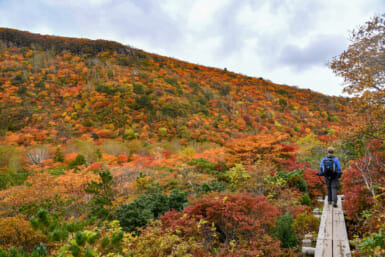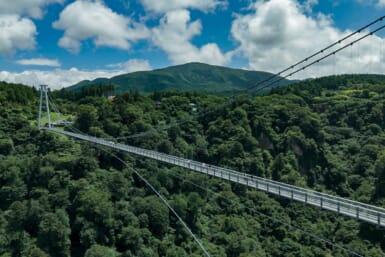In this five-part series, we take you on a journey through Akita using sight, sound, smell, touch, and taste to provide top tips on things to experience while you’re there.
We kicked off our guide with the senses of sight, sound, smell, and touch, and now our multi-sense tour of Akita comes to a close with the delicious sense of taste.
Warm Your Core with Akita’s Signature Dish, Kiritanpo Nabe
Tell anyone you’re on your way to Akita, and their first response is likely to be “make sure to eat some kiritanpo!” The prefecture’s cylindrical specialty is made by mashing rice, shaping it on cedar sticks and roasting it over a fire. These completed kiritanpo are then added to a hotpot – flavored with chicken stock and a variety of local vegetables – that keeps Akitans warm throughout the winter. If you find yourself hooked, head to Odate’s yearly Kiritanpo Festival, which features musical performances, local craft beer and, of course, plenty of the rice-based delicacy.
Slurp Up Some Unique Inaniwa Noodles
Considered one of Japan’s three top types of udon, Inaniwa’s version is a bit different from its brethren to the south. Made in the tiny town of Inaniwa, the noodles are thinner and smoother than your average udon, and have been compared to those of Vietnamese pho. For the ultimate Inaniwa udon experience, visit the 150-year-old Sato Yosuke factory, where you can see the noodles being created right in front of your very eyes and even try making them yourself (and don’t forget to visit the restaurant afterwards and do some slurping).
Chomp Down on the Mysterious Sea Creature Known as the Abalone
Abalone may be one of the strangest-looking sea creatures we’ve ever seen – but it’s also one of the most delicious. Served raw as sushi, this marine shell can also be steamed, boiled, chopped or simmered in soy sauce, and has a firm texture and umami-packed flavor. You can sink your teeth into abalone in the fishing city of Happo, which sits on the Sea of Japan. Happo holds its abalone in high regard – it even hosts a yearly abalone festival where you can get a reasonably priced barbecue course featuring the strange-looking shell.
Sink Your Teeth Into Some Succulent Akita Beef
If Akita’s wagyu is less well-known than that of Kobe or Matsusaka, it’s not for lack of flavor: the prefecture’s beef has received the prized A5 rank from the Japan Meat Grading Association. The secret to its greatness appears to be in the cows’ rice-rich diet, which lowers bad cholesterol and creates smooth, melt-in-your-mouth marbling. Akita beef is served throughout the prefecture – and if you somehow find yourself heading home without having given it a try, you can even get it in a beef bowl at Akita’s airport restaurant.
Bite Into the Official Flower of the Imperial Family
The chrysanthemum, the official flower of Japan’s Imperial Family, can be seen all over the country – but eating it is another story. You can do just that in Akita, though, with hana-zushi, a specialty of the region. The rolls, which look like sushi, are actually pieces of eggplant filled with mochi rice and topped with pickled chrysanthemum and a sliver of hot pepper. These treats are often served in Akita households around New Year’s, but can also be found in restaurants and supermarkets.
Try Akita’s Unique Take on Mochi
The sticky, sweet cakes made of rice and red bean paste called mochi are a national staple, but as with many Japanese delicacies, Akita has its own unique style. The secret ingredient behind the prefecture’s version, called angoma mochi, is a top layer of dark ground sesame, which adds a crunch and rich umami that perfectly balances out the sweet cake. Angoma mochi originates in the town of Hachirogata – for some of the best, visit Hataei-Kashiho, which has been making these treats since 1923.
HOW TO GET TO AKITA
From Tokyo, you can take the Akita Shinkansen from Tokyo or Ueno stations. The train departs hourly, with the trip taking about four hours. It’s covered by Japan Rail Pass, JR East Tohoku Area Pass, and JR East South Hokkaido Pass. There are also multiple flights per day from Haneda Airport. By air, the journey takes about 70 minutes, and then a 40-minute bus journey will get you from Akita Airport to Akita Station. If you want to save money, then opt for the Akita Chuo Kotsu or Odakyu overnight bus – at around ¥9,500 for a one-way ticket, these buses are about half the price of the shinkansen and take about eight hours to get from Tokyo to Akita.
If you’re looking for even more things to do and see in Akita, visit the prefecture’s official website at www.akitafan.com/en

